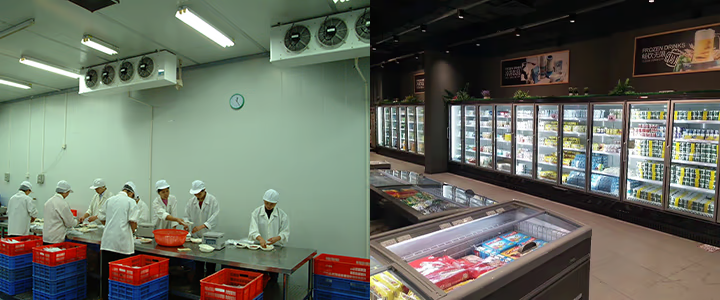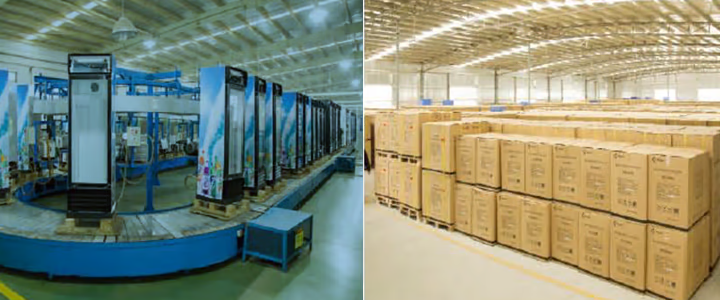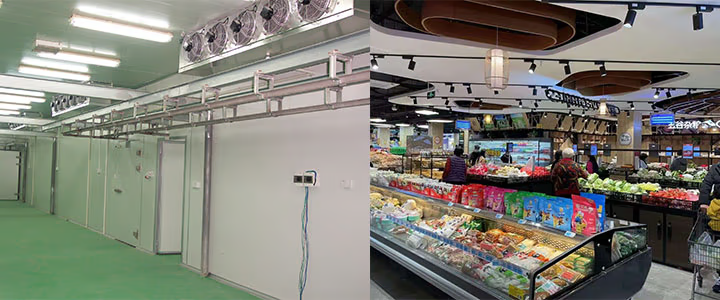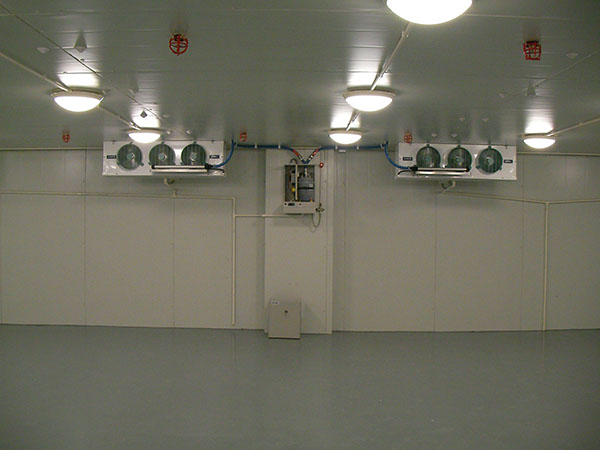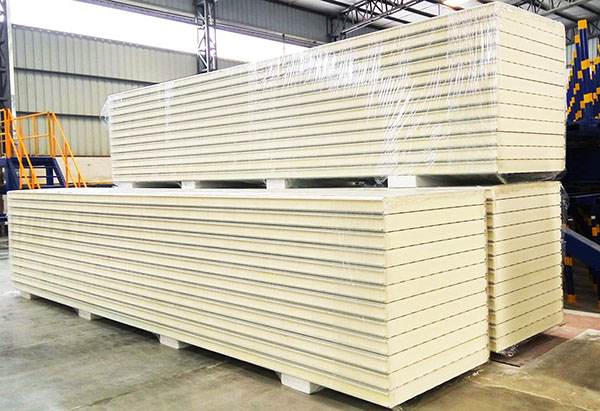I was reminded recently of being asked about how to understand the retail supply chain – how did I go about doing it?
If you don't know me too well, I'm a logistics consultant and I describe what I do as helping people make decisions about their supply chains, and to do that you have to understand what’s going on.
The title, and concept, of this piece dates back to being asked to speak to some MSc students at the University of Westminster a couple of years ago as part of ‘Industry View’ – the opportunity to hear from people working in the industry rather than the more normal academic lectures.
When I was reminded of this presentation, I thought I'd pull together in writing some of the points I made. Let's take a walk through the process – we'll look at the logistics in a minute, but first…
Context is everything
I believe you always need to start with the context – it's no good just looking at just the logistics bit of the supply chain. I like to get a feel for a number of top level areas:
- Customers: I'll often go shopping really early on in a project, perhaps in a store where I'm not a usual visitor or take a good look at the company's website. Who are the end customers? How are they buying?
- Sourcing and supply: What's the product range? What does the client company sell and where's it from? Who are their suppliers?
- Money: It's really important to understand a company's finances – not just cost of goods and services and resultant profit, but how factors like working capital and cashflow impact their business and strategies.
- Service: What's the service level that the organisation gives to the customer – what's the quality of goods and the overall shopping experience like? What can you afford to offer within the price constraints and what would you like to offer?
- External environment: All companies have to operate within external constraints. Using a structure like PESTLE (more usually used for risk analysis, it stands for Political, Economic, Social, Technical, Legal, Environmental), get a feel for the particular lines defining the box that the business has to operate in. What can you do, what can't you? How does your company want to be perceived?
- Change: And finally what change is going on for the organisation – internally, externally in the areas as just described including the potential impact of Brexit, and not forgetting the internet
…although the last one of these will sound like old hat to millennials, online sales and changed shopping habits continue to alter the ways in which we all do business and therefore the structure and infrastructure that is required.
Diving into the detail
I then detailed ten areas that are relevant to understanding the supply chain.
- Geography – what's the physical relationship between the different elements of logistics infrastructure and the end customer? You need to have a picture of this internationally, domestically and locally.
- Flows – what are the routes for goods working their way through the supply chain, where do they visit and what happens to them there? These flows are both physical and process�related. You also need to understand this for returns and for any transit equipment used.
- Timings – what are the end-to-end timings for goods following those processes? What are the elements of timing that add value - in what way and to whom? Which elements don't? That value may be very tangible, like manufacturing the goods – they don't exist unless you make them. It could be less tangible – what value does attaching that label add? Transport adds value if it gets the merchandise to where it can be sold.
- Trade-offs – all supply chains have trade-offs and I could do a post entirely devoted to this topic! But the most important point here is that the trade-offs for your supply chain are still working to your advantage. For instance, is purchasing in large quantities in the Far East and paying to freight and store goods more cost-effective than buying more locally as required?
- SKUs* and stock – what's in your warehouse, in what quantities and why? How many different lines do you have and how many days cover? Be brutal with redundant lines – get them off the books and out of that warehouse. And that applies to old bits of office equipment …get real – no-one is ever, ever, ever going to use that desk again. If in doubt use the dust test – just run your finger over the item and come to your own conclusion.
*SKU stands for Stock-keeping unit – the level at which a product is ‘generally’ unique – so it's not just a dress, but it's that dress in the red colourway in size 12 in the short length. I say ‘generally’ as some industries have additional categorisation - date codes, batches etc.
- Forecasts and capacities – what are the forecasts for both stock and throughput over whatever time period you’re looking at, and how do they stack up with what's physically possible? Remember that this is an area where the whole is not necessarily the sum of its parts, as you may have to handle and store different items in different ways, increasing your overall requirement.
- Peaking – all sectors have some sort of peaking, for many in retail it can be really quite extreme – week of the year, day of week and time of day. How do you cope when all of those waves coincide into that tsunami? What strategies do you have for smoothing?
- KPIs – key performance indicators including cost and productivity metrics will be the mainstay of much logistics reporting, but check out what these indicators and metrics are really telling you and whether they are incentivising the right behaviours and encouraging everyone to pull in the same direction – not tempting people to rob Peter to pay Paul.
- Benchmarking – not always easy, but carry out industry research designed to establish how your operation stacks up against others. Try to do this at both macro and micro level.
- Data – collect data and carry out analysis - all sorts and everything. Whatever you think you need to enable understanding of all of the points above. But be prepared to question what the data is telling you if it doesn't seem to match the bigger picture - this is when you find out if all that data your company stores is any use.
Finally, be that box!
If you really want to understand your supply chain, there is no substitute for pretending to be a box.
Be that product travelling through the supply chain – follow its route, physically wherever possible. If you can't follow its route, get out those lego bricks, along with a pile of pennies, and describe it to a colleague. What is great and what is not? Now you understand it, you’re in a position to start doing something - make that supply chain do what you want it to do.
If you enjoyed this post and/or learned something from it, I'm really pleased as I’ve met my objective - please feel free to share it with others or to get in touch.
Kirsten Tisdale, Aricia Limited




